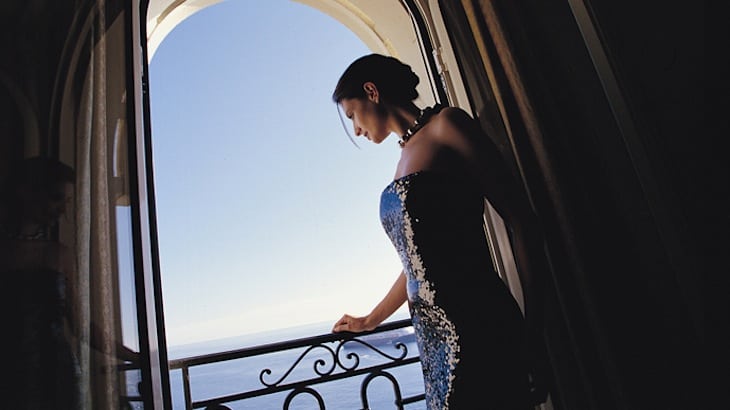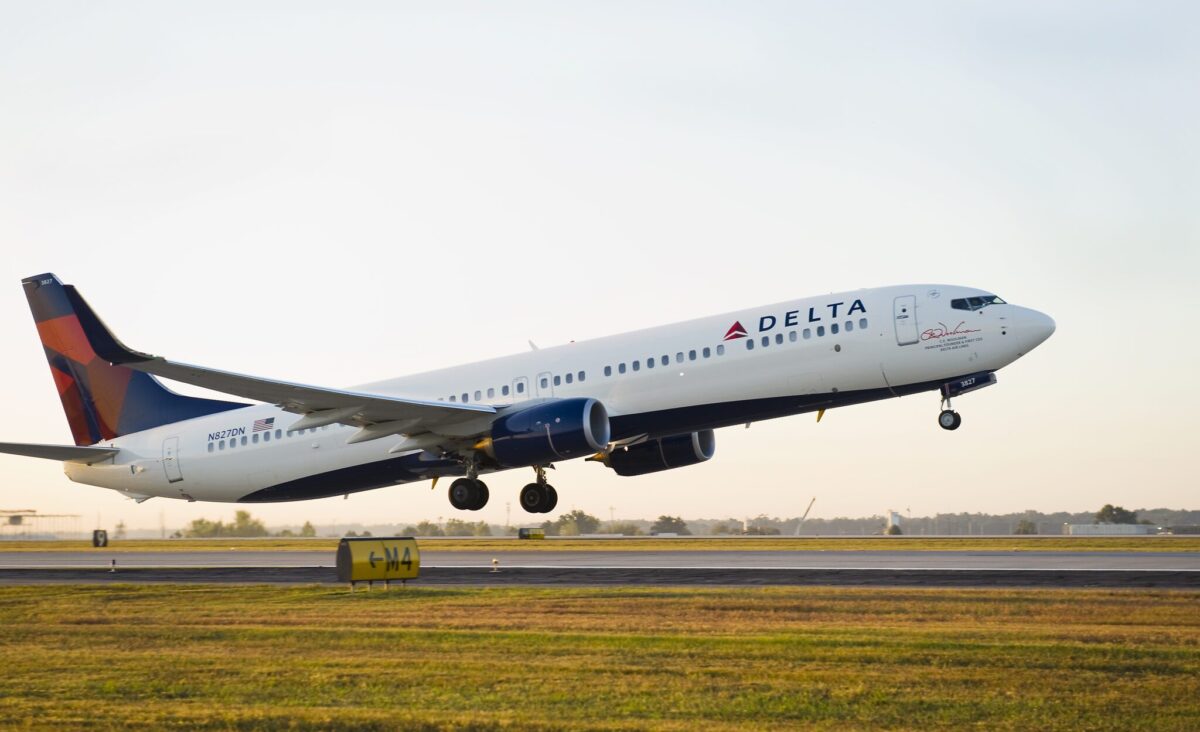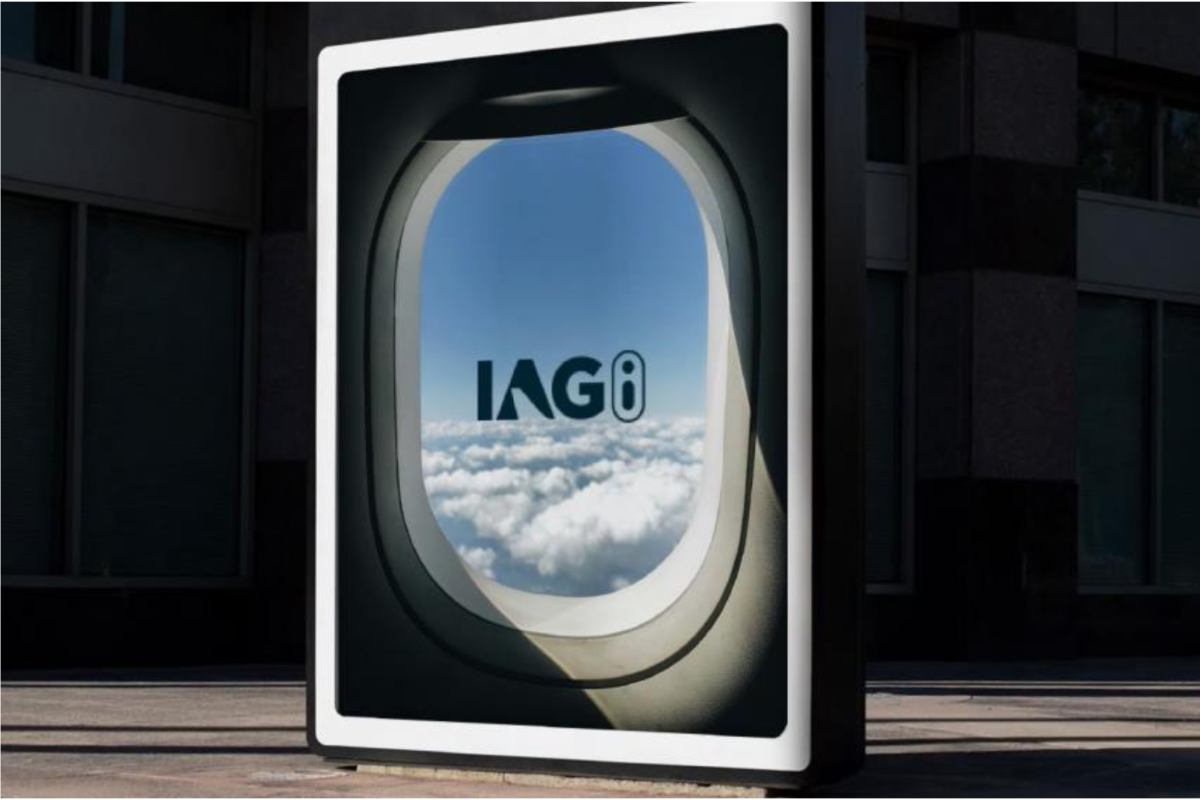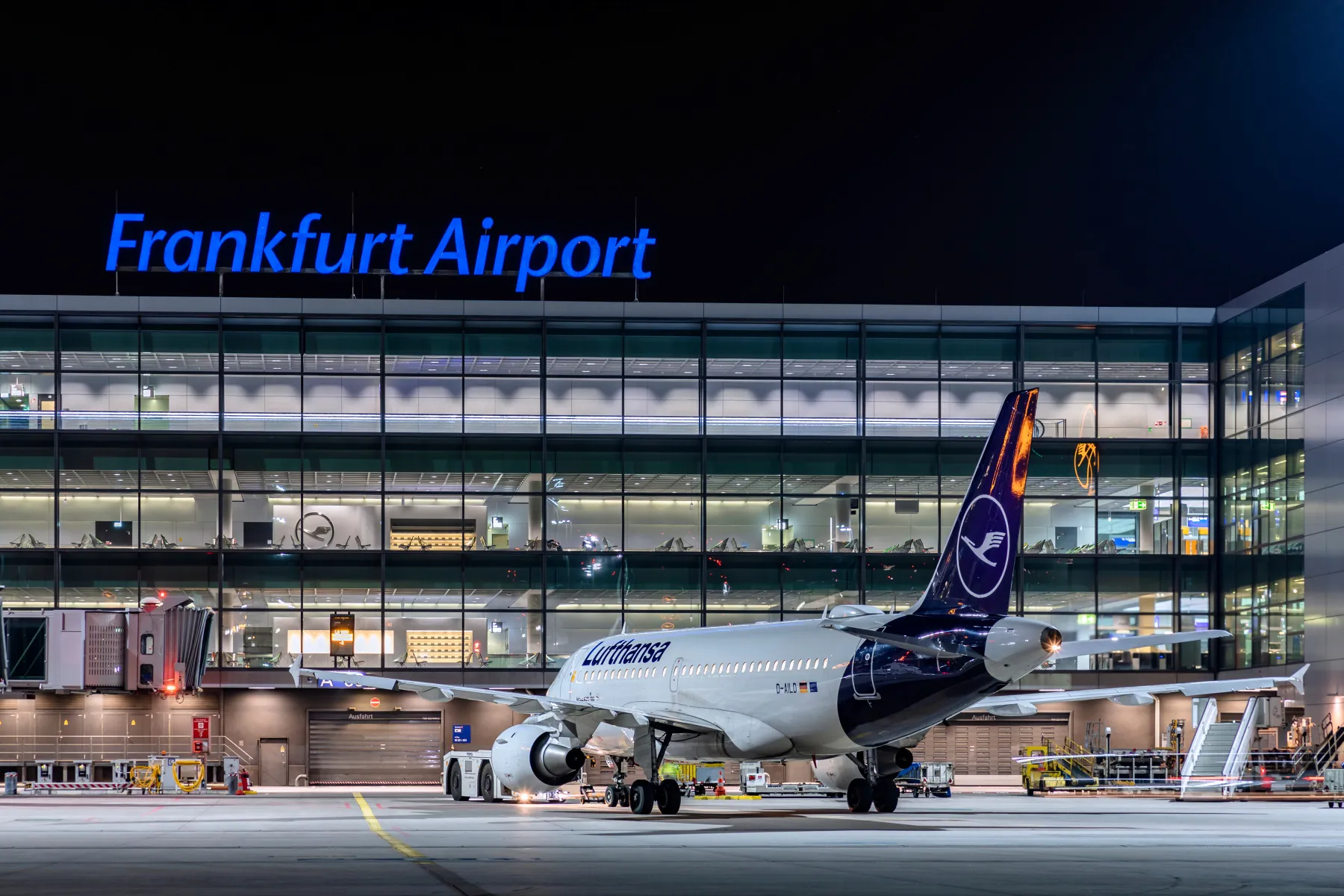Corporate America Has Fallen in Love Again With European Business Travel

Skift Take
Corporate travel planners in America remember September 2008 with dread. Lehman Brothers filed bankruptcy, signaling the beginning of global financial collapse. Then the AIG scandal broke when the insurance company rang up a $443,000 tab at the St. Regis hotel in Dana Point just days after receiving an $85 billion bailout.
Many American companies killed their business and group travel budgets to upscale destinations to avoid the negative perception heaped on AIG. Europe especially took it squarely on the chin, as one of the most desired destinations for top-tier international business travel due to its cachet and cultural venues.
Fast forward to 2013. It’s taken almost five years but corporate America is heading back to Europe in a big way. Except it’s a different Europe and a different corporate America.
“It’s even more optimistic than that, it’s almost like America is running back to Europe,” says Chris Lynn, vp sales/marketing, North America at London & Partners, the city’s marketing organization. “And it’s not just a case of cabin fever, it’s about getting back to business.”
Lynn cites the London Olympics as a major catalyst, complemented with a stellar array of new hotels and facilities built for the Games. Suddenly for corporate visitors, the city is in vogue for what’s new versus historic. The Shard, designed by Renzo Piano, is Europe’s newest iconic building housing a Shangri-La hotel on its upper floors. The new ME London is the city’s hippest hotel, conceived by Foster + Partners, who were surprisingly commissioned to also design the interior space. Next up, Nobu and Armani hotels are presently under development.
“What’s different is that ‘affordable luxury,’ if you will, is no longer the stalwart term for three- and four-star hotels,” says Lynn. “Now you can actually talk about the value proposition in the luxury sector because companies are demanding it.”
Two hours north of London, Manchester’s high-tech MediaCity has evolved into a modern international business hub and media nerve center. Leading up to the Olympics, the BBC moved its sports broadcast facilities from London into MediaCity surrounding the dockyards that spawned the Industrial Revolution. Lynn says the harbor’s uber-sustainable rebirth, paralleling that of London’s Olympic Park, is now attracting new corporate business related to communications, tech, finance and design.
A Brave New Scotland
In Scotland, two blockbuster movies last year provided marketing firepower that the destination never could have purchased. The last half of the Bond film “Skyfall” showed a dreamy vision of the Scottish Highlands, while Pixar’s “Brave” instilled Scottish lore in the hearts of both youngsters and their parents.
“Mr. Disney spent $350 million promoting my country, thank you very much, a great job all around,” says Richard Knight, marketing manager North America for Visit Scotland Business Tourism.
This year, CNN anointed Scotland the world’s number one travel destination for 2013, based on its value and bucket list credentials.
“When we’re talking with our corporate clients, they’re saying, you know what, we’ve had a tough time and we’ve laid a lot of people off,” says Knight. “But the people we’ve kept on have had to work doubly hard. It is now okay to reward them for that work. We can look at going on international programs again, but we remain a little bit cautious and you better believe we want value for money.”
Since 2009, the British pound has dropped from $2.1US to $1.5, adding to the ROI for American companies. Last year, International Passenger Stats to Scotland were up 32 percent in volume and nine percent in length of stay.
While Edinburgh remains the top draw, the new generation of corporate travelers are exploring Aberdeen and Inverness in the northern Highlands, home to the highest number of scotch distilleries. Adding to the draw, Donald Trump and local pro golfer Paul Lawrie are turning the area into Europe’s next serious golf destination, not far from the world’s first golf destination in St. Andrews.
Down south in Glasgow, star architect Zaha Hadid’s jaggy, transportation-themed Riverfront Museum kicked off a series of massive revitalization projects along the river, once home to Europe’s largest shipyards and locomotive foundries. Like nearby Manchester, Glasgow’s reimagined industrial infrastructure is luring American companies seeking knowledge and partners revolving around adaptive reuse architecture and reurbanization.
Dublin/Belfast Double Threat
Dublin remains one of the best values among major European capitals, but it’s Belfast two hours north that’s making all the noise.
“2012 was our best year since pre 9/11, especially from the US market, both in leisure and business tourism,” says Marie McKown, manager of business tourism at Tourism Ireland. “And all indications suggest we’ll exceed those figures this year.... For 2015 and ‘16, we already have mega large groups booking.”
McKown adds that Ireland’s destination management companies, which serve the meetings and convention market, “are absolutely booked for 2014.”
In Belfast last year, the new Titanic Belfast museum exceeded its first year visitation goals in six months. Also garnering interest, the Black Taxi Tours are led by ex-political prisoners who talk about “The Troubles” during the IRA years, while driving black cabs around the Protestant and Catholic neighborhoods. Meeting the guides and hearing their unfiltered stories is an unforgettable experience.
Today, Citibank, the New York Stock Exchange, Chicago Mercantile, Intel, Bombardier, renewable energy and medical research companies are moving into Belfast. Dormant for half a century during the internal strife, the city is now open for business. Or, rather, reopened. Before the IRA, the city was among the most advanced in Europe due to the thriving dockyards where Titanic was built.
“All of that new investment is attracting an incredible amount of corporate travel to Ireland,” says McKown. “Belfast is a new destination within an established destination. It adds an entirely unique layer to the Irish experience, and it’s incredibly convenient to combine with Dublin.”
President Obama stayed at The Merrion Hotel the last time he was in Dublin. The boutique property epitomizes the new luxury vanguard in the capital.
“We’ve probably never seen the American market so strong as it is today, going back to the pre ‘Celtic Tiger’ days (1995-2008),” says Matthew Rowlette, director of sales at The Merrion. “There’s a lot of pent up demand and inbound airlift is up 26 percent.”
Rowlette explains that Ireland’s traditional castle and country tourism product is well known, but today’s corporate travelers, especially Millennials, are seeking more urban luxury experiences, as well as the famous Irish pub scene.
“Similar to its scenery, which is rugged and coastal, Ireland is in some ways perceived like that in terms of its accommodations,” says Rowlette. “You know, you get in a car, drive around, do something coastal, play a little golf and stay with John and Mary up at the country house. That’s what built Ireland so successfully because it was all to do with the personal connection with the locals. But you also have that connection among the luxury hotel product in Dublin..., which all of us are working to promote to the corporate market.”
Comprehensive renovations recently wrapped at the Four Seasons Dublin and The Shelbourne Hotel. The Constitution Room at The Shelbourne, where the Irish Constitution was drafted in 1922, is the hottest ticket in town for VIP corporate dinners.
Millennials in Monaco
The magisterial Monte Carlo Casino and two adjacent hotels—The Hermitage and Hotel de Paris Monte-Carlo—represent arguably the most glamorous collection of buildings on the planet.
The Hotel de Paris is high in demand for its otherworldly elegance and location next to the casino. Others prefer The Hermitage suites next door overlooking the famous Hercule harbour. Two weeks ago a block away, Karl Lagerfeld unveiled his renovation of the pool at Hotel Metropole Monte-Carlo, where Joël Robuchon helms F&B, including event catering.
Monaco was way, way off the acceptable list for most American corporate travel in 2009.
Today, the Principality is closing in on pre-2008 visitation statistics from North America due to aggressively priced business travel packages during the shoulder seasons.
“Many people have this perception that Monaco is far more costly than it is, but if you compare product in the UK or Paris, you might find that Monaco is comparable or even less expensive,” says Cindy Hoddeson, director of meeting/incentive sales at the Monaco Government Tourist Office.
Cathleen Kelley is director of group sales for the Principality-owned Monte Carlo SBM group, which operates the Monte Carlo Casino, Hermitage, Hotel de Paris, among other assets.
“Ideally 20 percent of our corporate group business should come from North America; right now we’re hovering around 17 percent,” says Kelley. “We’re not quite near 2007, but 2013 was the largest increase we’ve seen since then, and 2014 is set to be even larger. So the questions of perception and the hesitation over the strength of the dollar have evaporated. I no longer have that conversation with my clients.”
The biggest challenge facing a destination like Monaco, where the past is militantly preserved, is remaining relevant to Millennials entering decision-making roles in business travel planning and procurement departments.
“The number one thing we’ve learned from studies about Millennials from North America, they’re absolutely allergic to pattern and what we consider traditional business travel,” says Kelley. “It’s very interesting to dissect. One thing they say is they don’t want to repeat the same hotel over and over, which is very alarming for us because we’re used to having loyal clients and loyalty programs.”
Monte Carlo SBM is combating that with a “Your Day/Your Way” business travel package providing recreational options ranging from watercolor painting classes to parties at the Gatsby-esque Sea Lounge where Bono and Johnny Depp are regulars.
When asked if the concept of luxury has changed for today’s business traveler, Kelley says even the high rollers are more focused on value.
“I think what’s new is for a person with endless discretionary income, there used to be a social status in ordering the wine on the menu that didn’t have a price,” she explains. “I think there’s now a social awareness and consciousness of money, so people expect value, they want to understand what they’re spending.... But no, what is luxury hasn’t changed.”
Greg Oates covers hospitality trends and next generation hotels. He has participated in 1,000+ hotel site inspections in over 50 countries.




